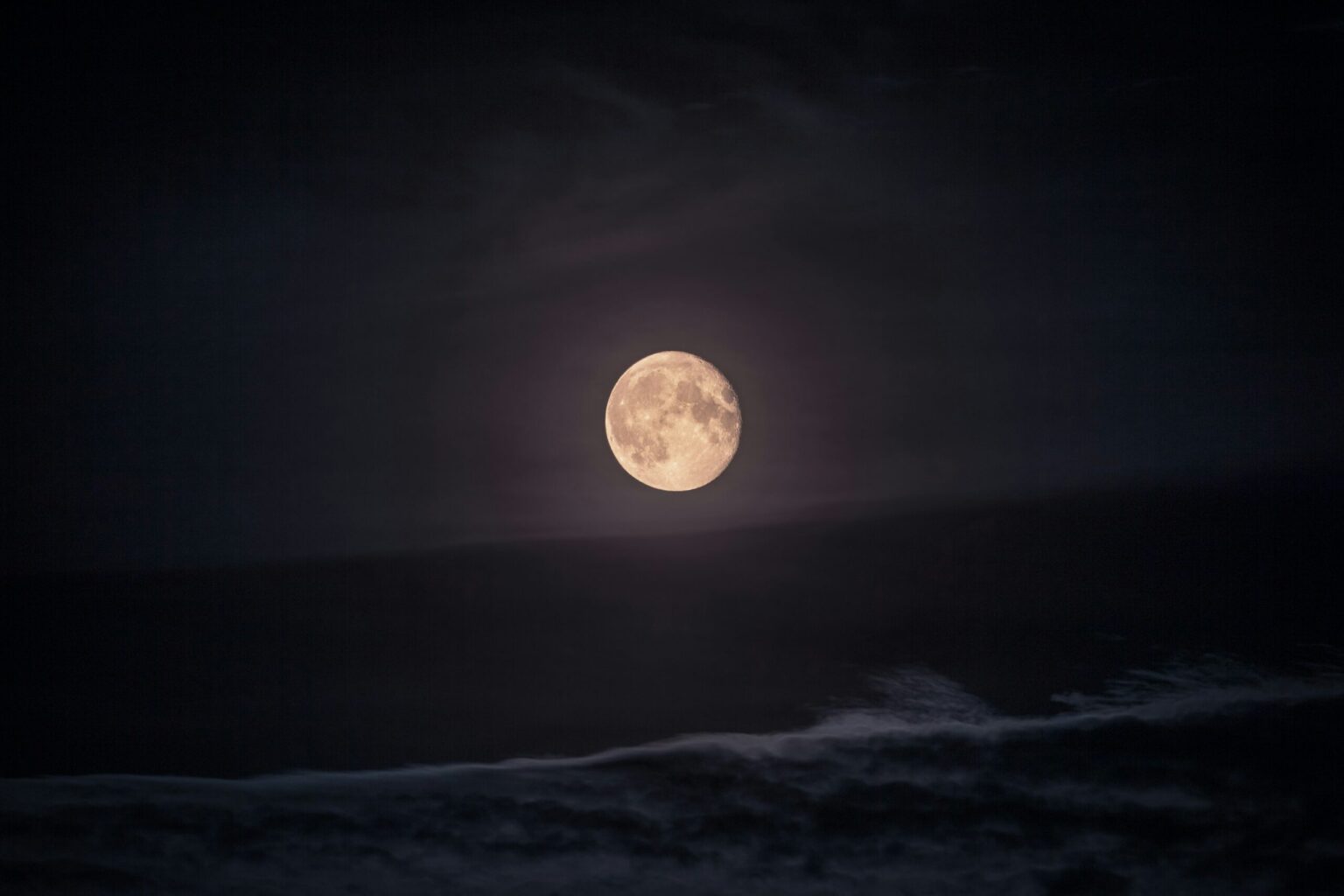Cedar Rapids, Iowa — On the evening of August 8, 2025, skywatchers across the United States were treated to one of the summer’s most enchanting celestial sights as the Sturgeon Moon, August’s full moon, lit up the night sky. Reaching peak illumination at 3:55 a.m. Central Time on August 9, the moon appeared at its brightest shortly after sunset on Friday, offering prime viewing for those fortunate enough to be under clear skies.
For astronomy enthusiasts and casual observers alike, this year’s Sturgeon Moon brought nearly ideal conditions. Those in rural areas or locations with minimal light pollution were rewarded with a crisp, silvery glow against the late-summer darkness. Many took to backyards, open fields, and lakesides with binoculars and small telescopes, tools that revealed not only the moon’s craters and surface textures but also the subtle halo of light radiating from its edges.
The Sturgeon Moon derives its name from the lake sturgeon, a large freshwater fish that was once plentiful in the Great Lakes and other North American waterways during this time of year. The name has roots in both Native American and early colonial traditions, when seasonal moons were often tied to agricultural cycles, fishing patterns, and the rhythms of daily life. For many, the Sturgeon Moon still serves as a cultural touchstone, linking modern observers to centuries-old seasonal markers.
Beyond its historical significance, this particular full moon has also drawn attention in astrological circles due to its alignment with what is known as the “Lion’s Gate Portal.” This annual event, named for its timing during the sun’s transit of the Leo zodiac sign, is believed by some to represent a period of heightened energy, reflection, and manifestation. While the astronomical community views the portal as a symbolic rather than scientific occurrence, its presence alongside the Sturgeon Moon has inspired gatherings, meditations, and social media conversations centered around intention-setting.
For photographers, the evening provided a chance to capture striking lunar landscapes, with the moon rising over city skylines, farmland, and coastlines across the country. The combination of its timing, clarity, and sheer brightness made the Sturgeon Moon one of the more photogenic full moons of the year.
NASA and other observatories used the occasion to encourage public engagement with astronomy, reminding the public that such events offer a gateway to deeper interest in the night sky. Whether for science, tradition, or personal reflection, the Sturgeon Moon remains a powerful reminder of nature’s cycles and the shared experiences that unite observers across geography and culture.
As it wanes over the coming days, the Sturgeon Moon will gradually give way to darker nights—ideal for stargazing and planetary observation. But for those who witnessed its peak, August’s full moon offered not only a visual feast but also a moment of connection, both to the sky above and to the traditions and meanings that have shaped humanity’s relationship with it for generations.
